But Why a Crossover?
In the world of writing there is something called the Rule of Three: the principle that things presented in a trio are more humorous or effective than in any other number. Consider for example, Goldilocks and the Three Bears, the Three Little Pigs, or the fact that the world’s most popular motoring programme is presented by a trio.


In the world of writing there is something called the Rule of Three: the principle that things presented in a trio are more humorous or effective than in any other number. Consider for example, Goldilocks and the Three Bears, the Three Little Pigs, or the fact that the world’s most popular motoring programme is presented by a trio.
Well, I’m convinced there must have been something of its equivalent in the car world. For the longest time manufacturers have kept to the old doctrine of the three-box shape: one for the engine, one for the passengers, and one for your luggage.
But now a new, more practical body shape has come to capture the imaginations of consumers everywhere. To get what I’m on about we need to look at some other numbers. SUVs made up close to 30 million global total passenger car sales last year, which represents, mind you, a 36% market share. But more than that, SUV sales still continue to be a growing market segment, with that total volume being a growth of 7% from 2017, even when total car sales dropped by 0.6% last year.
The appeal of a crossover has been able to transcend so many market segments that they are now available in a myriad of sizes and prices, but how does one choose between the many options available? Oneshift takes a look at some of the factors which make the crossover such an appealing machine, and provides you with a few tips that you will want to bear in mind when making your next purchase decision!
Let’s get real. Nobody enjoys buying a product that reminds them of how much older or less limber they used to be. Getting weak at the knees or suffer from a bad back? Crossovers have a massive advantage here: the first thing you notice when shopping for a crossover is how easy it is to get into and exit one. Unlike a saloon, in which you sit down into, crossovers feature a higher seating point (known in the industry as H-point) and this, combined with a relatively lower door sill, allows you to simply slide sideways into your seat.
Crossover h-points generally rise together with ground clearance and body size, so shop bigger for higher. For a general idea, most hatchbacks have a H-point at about 50cm above the ground, while the range-topping XC90 provides a h-point of 72cm. Measure your office chair for comparison, and save yourself pointless trips to the showroom.
But even if you are still young the crossover still sports an advantage. Does installing child seats in the car leave you all hot and flustered? Taller seats, as well as more a more upright roof, means that you have far more room to work with and less back-bending work when bringing toddlers around.
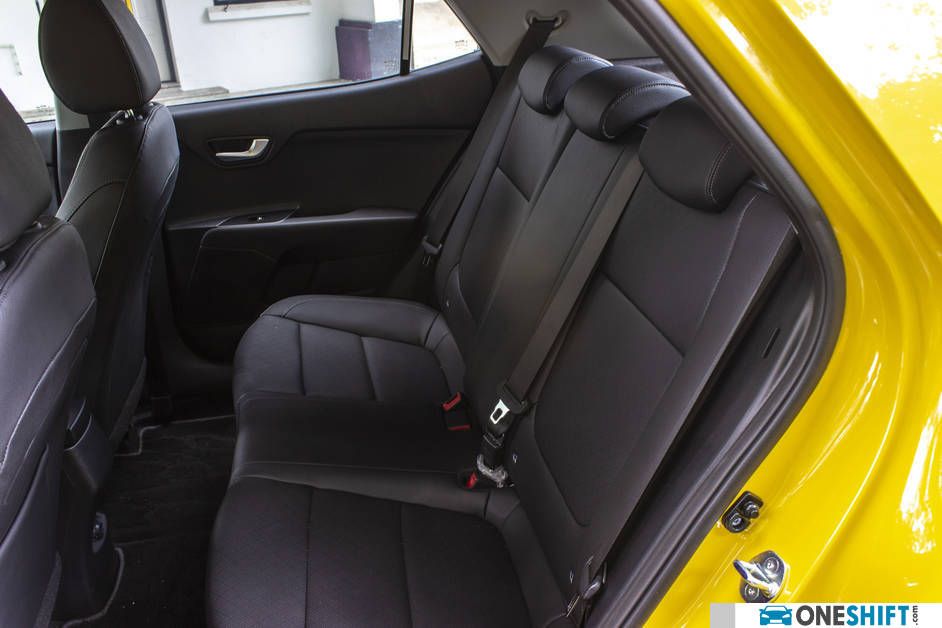
Look for clear ISOFIX mounting points and a wide door opening angle to make installing child seats a breeze. Pictured: Kia Stonic.
One other advantage that all will be able to appreciate: a higher h-point means that you will be able to see further out on the road, and are less likely to get your line of vision obstructed by other equally tall vehicles. Use this added height to spot obstructions and avoid potential dangers faster, and, if you opt for one of the many new options in the compact crossover segment, you will not even have to sacrifice much in terms of ease of parking.
Feeling cumbersome in a multi-storey? Look for a crossover with lower ride height and smaller front and rear overhangs. This will make your vehicle easier to place on the road and in tight corners while still giving you that comfortable and upright seating position.
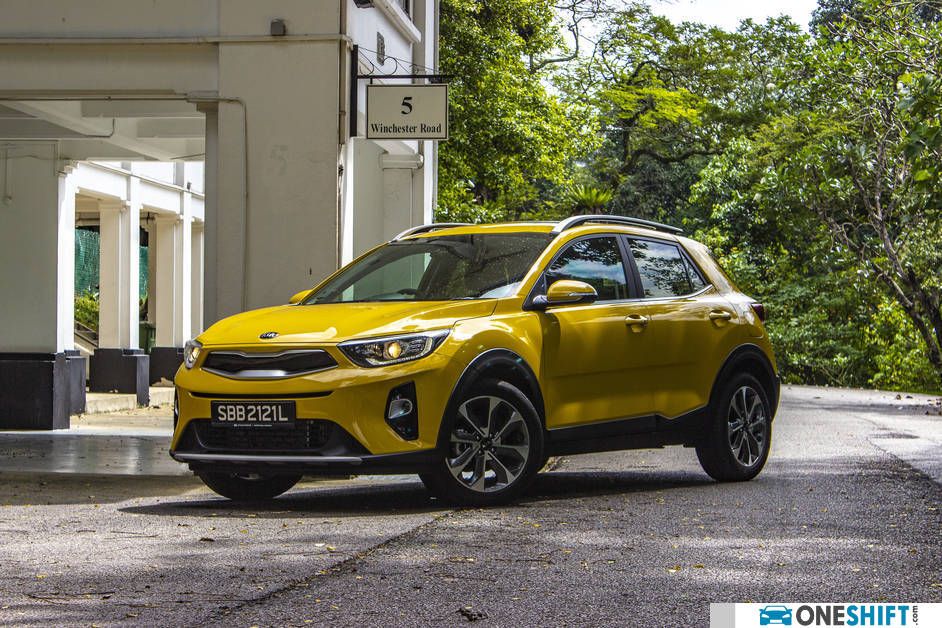
At 4.14 m long and 1.76 m wide, the Kia Stonic mixes crossover design with compact dimensions, making parking a breeze.
With their upright stance and boxy shape crossovers also provide increased usability in terms of their cabin / boot space. Comparing the ever popular Toyota C-HR against the Prius (both sit on the same TNGA-C platform) the C-HR provides 377 litres of boot space against the Prius at 343 litres, both with the parcel shelf in place. Yes, that is a smaller margin than you might initially expect, but you do have to bear in mind, crossovers provide this extra space despite a higher boot floor. Just as with the higher seats, a higher floor shelf makes loading / unloading heavy bags less strenuous on your back, and a flat loading lip means that really heavy luggage or extra-long parcels can be rolled / dragged straight into the boot. Of course, having a box-shaped cabin also gives you the ability to load multiple tall items into the boot, something that those who frequent Ikea or gardening centres will appreciate.
If you have a bad back and it feels like you are frequently loading / unloading from your car, look for something with a flat boot lip and comfortable boot floor height. Otherwise look for a boot where the wheel wells do not intrude too much into the cabin, this will ensure that you have maximum usable space when moving bulky items.
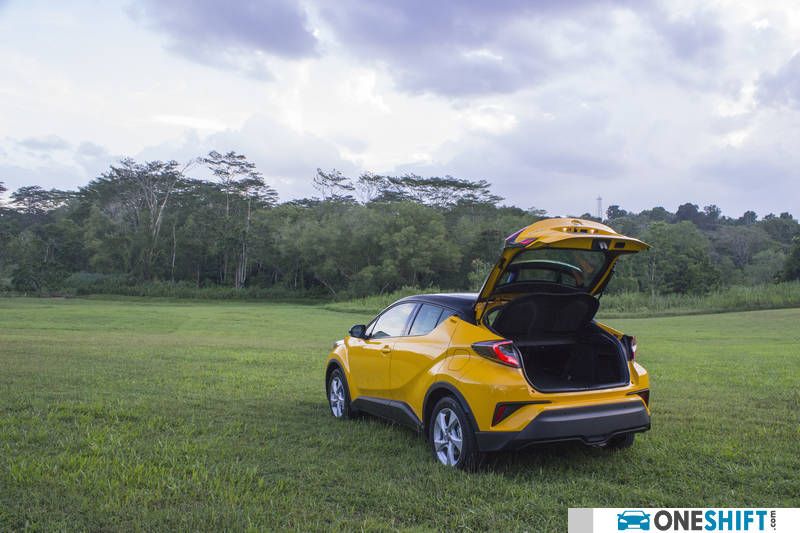
While SUVs of old used to be built on heavy truck platforms that returned cumbersome handling and poor fuel economy, newer crossovers are now largely based on regular car platforms, allowing them to close the performance gap with regular sedans and hatchbacks. Many crossovers in junior market segments have even returned to regular two wheel drive in order to save weight and frictional losses when driving.
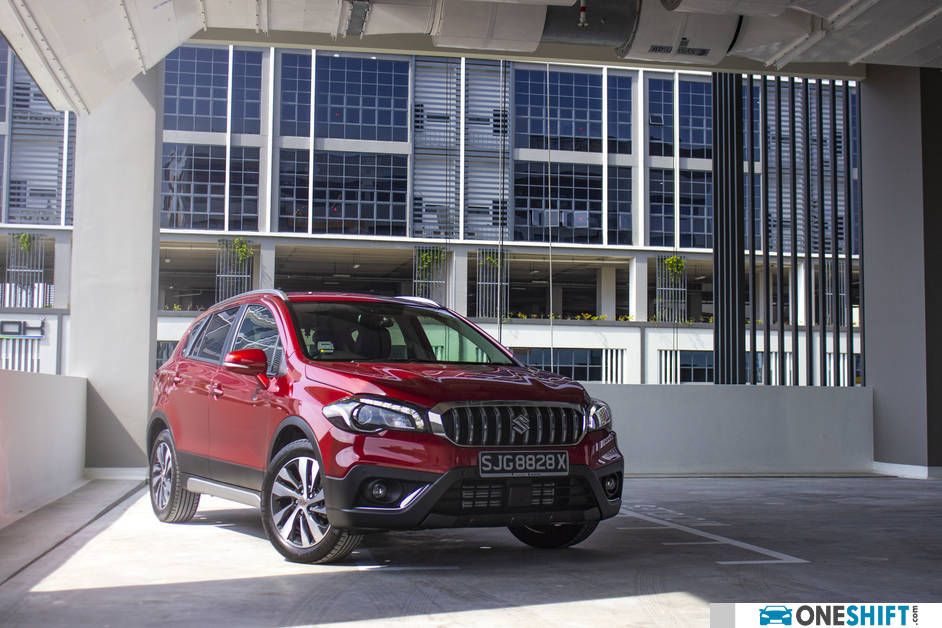
The new Suzuki S-Cross returns good economy while providing all the benefits of a small crossover
The new Suzuki S-Cross, for example, posts identical fuel consumption figures as its cousin, the Swift, at 5.7 litres / 100km. Elsewhere, the consumption margins between crossovers and their equivalent hatchbacks / sedans remain minimal. The Kia Stonic returns an economy rate of 5.4 litres / 100km next to the Rio’s 4.7, while the Mazda CX-3 posts a fuel consumption rate of 6.7 litres /100km to the 3’s 5.9 litres / 100km. Unfortunately, it is not unusual for the crossover equivalent to fair slightly worse due to a combination of higher weight, and that taller and more boxy profile leading to poorer aerodynamic efficiency. Not that that should really matter when you obey local speed limits right?
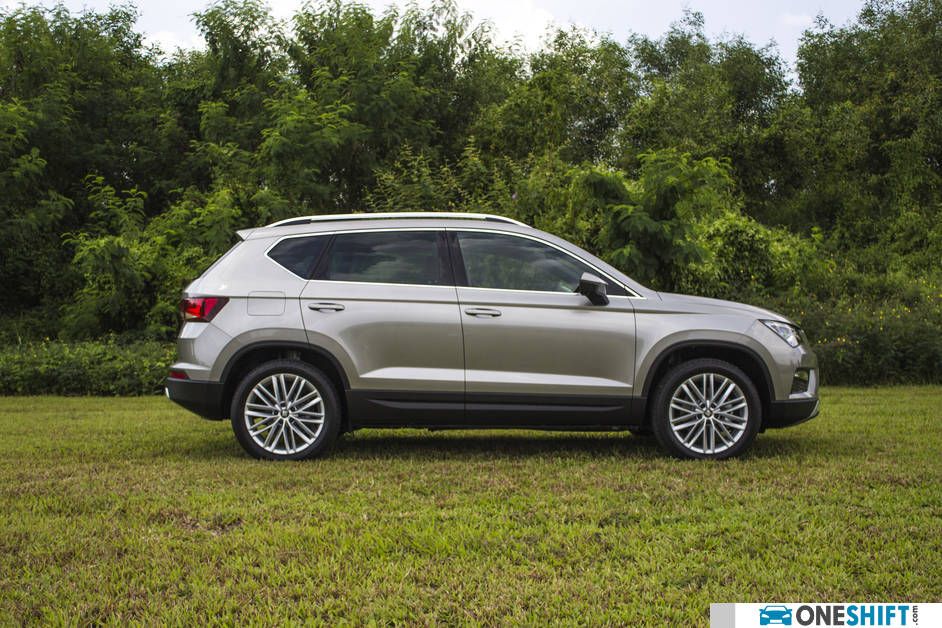
The Haldex clutch system transfers drive to the rear when the front wheels begin to slip, providing greater everyday versatility
Looking for something that can do some light off-roading but still want decent everyday fuel consumption? Some crossovers such as those offered within the Volkswagen group utilise a Haldex clutch system that normally transfers drive to the front wheels, ensuring you keep frictional losses to a minimum, while still being capable of shifting drive to the rear wheels should those at the front start to slip, allowing you to benefit from extra grip to tackle slippery conditions. Perhaps the SEAT Ateca might interest you?
Of course, a large part and bonus of buying a crossover is the associated image. Plastic fenders and squared-off looks give your car a more imposing presence for its size, important for tackling the space-jostling of congested urban driving. Plus, that go-anywhere freedom always appeals regardless of how sedentary your actual day-to-day is. Personally, I find the Jeep Renegade to be one handsome ride, plus, you get the added advantage of having the final name in go anywhere ability.
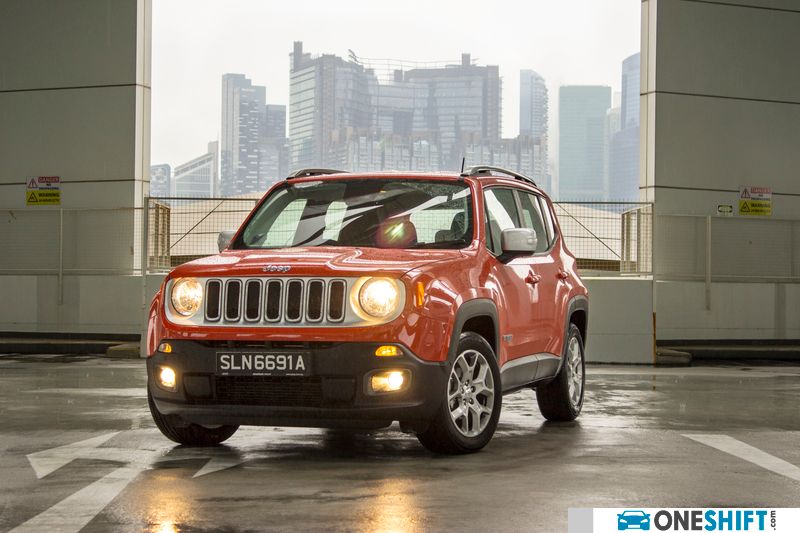
The Jeep Renegade has the ultimate badge for go-anywhere ability, as well as many other 'Easter eggs' hidden in its design
Goldilocks got into trouble looking for that perfect porridge. Thankfully, you don’t have to. Carousell now provides sorting of vehicles for sale by body shape, so you can look at what options are available in the comfort of your own home. Why not try out some of our trips and look for something ‘just right’ for yourself as well?
Credits: Clarence Seow


Get the Best Price for your used car
from 500+ dealers in 24 hours

- Convenient and Hassle-Free
- Consumer Protection
Transparent Process
With No Obligation








